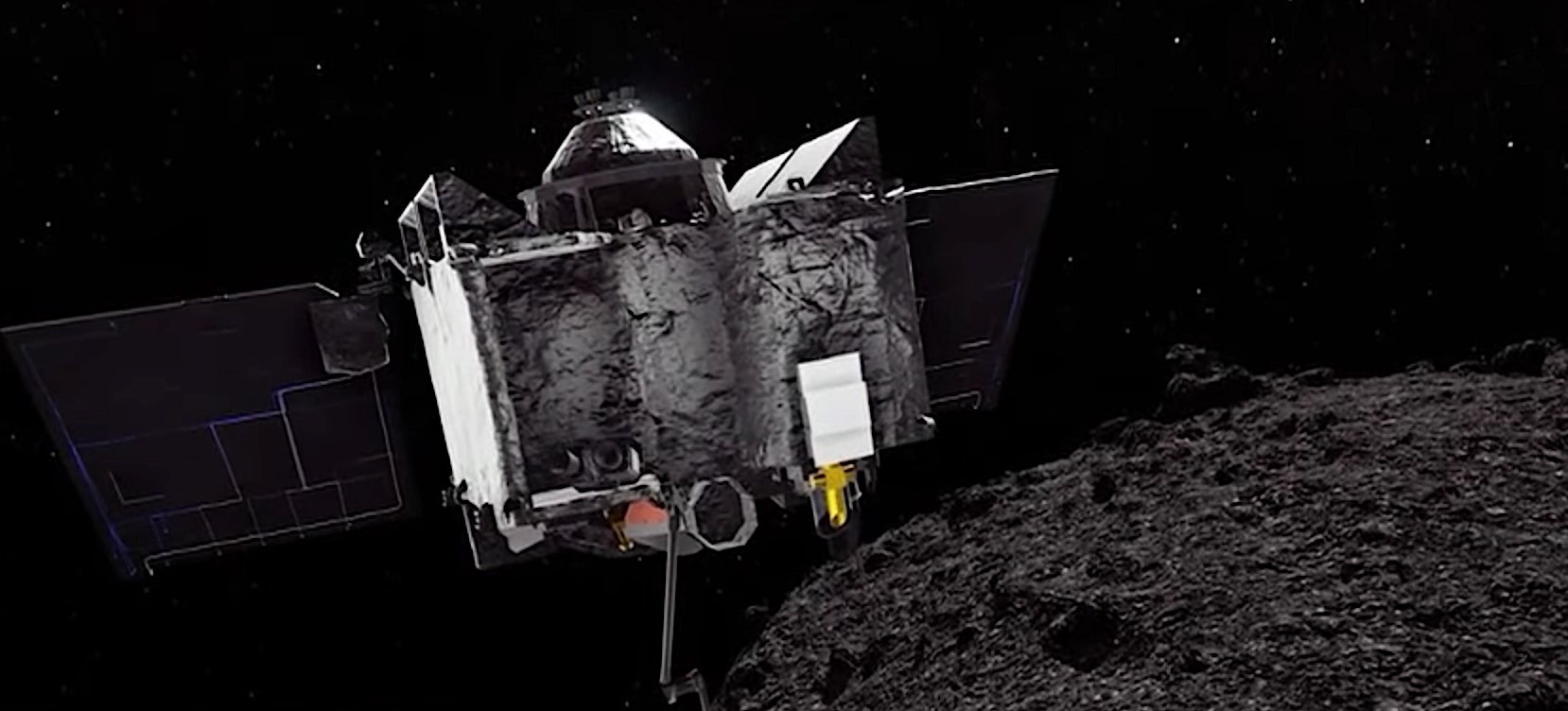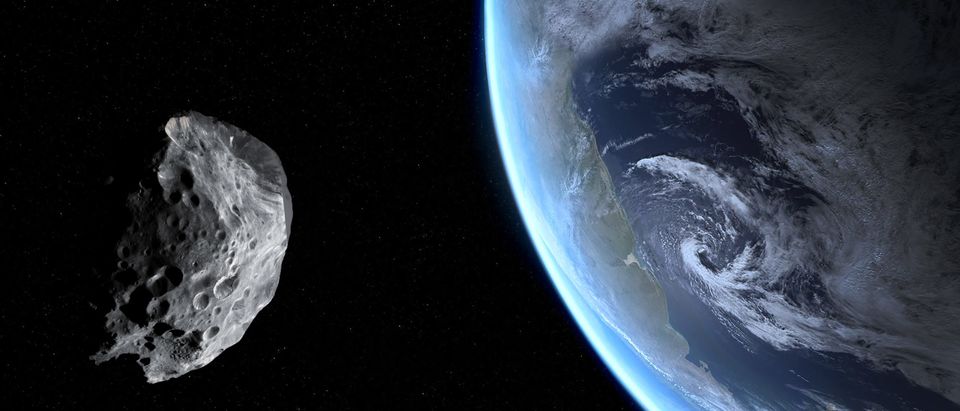
The American-built ISEE 3 was launched by a Delta 2914 on Aug. The orbits of the International Sun-Earth Explorers. This pair of co-orbiting satellites, whose separation could be varied as needed to meet its science objectives, allowed observations to be made simultaneously from two points inside the Earth’s magnetosphere. The first pair of satellites in the ISEE series-one supplied by NASA and the other by ESA-were launched together by a single American Delta 2914 rocket on Oct. The purpose of this cooperative program between NASA and ESA (European Space Agency) was to observe the interaction between the Earth’s magnetosphere and the Sun-dominated interplanetary environment. ICE started its existence as the third spacecraft in the ISEE (International Sun-Earth Explorer) program. Coincidentally, the first spacecraft to have a close encounter with a comet three decades ago, called ICE (International Cometary Explorer), was itself a recycled spacecraft that had already completed its original mission much closer to home. Deep Impact was certainly not the first spacecraft to be reused by NASA for a comet mission. In the case of EPOXI, for example, that amounted to $40 million for the new mission to Hartley 2-a significantly-reduced price tag compared to the hundreds of millions of dollars a new, dedicated mission would have cost.

For the price of a little on-board propellant needed to nudge a craft onto a new trajectory as well as a modest amount of additional funding for mission operations and science, an existing spacecraft can sometimes be sent to another target of interest. These are typically the most expensive parts of any mission. The spacecraft has already been designed, built, and launched in the course of its primary mission. Recycling an existing spacecraft that has already completed its original mission makes good sense for a number of reasons.

Likewise, NASA’s Stardust mission, which had returned samples of comet dust after its encounter with comet 81P/Wild 2 in 2003, was directed to reobserve Comet Temple 1 in 2011 and the crater Deep Impact left as part of its extended NExT (New Exploration of Temple 1) mission. In the last decade, NASA redirected its Deep Impact spacecraft, which had completed its primary mission to comet 9P/Temple 1 in 2005, toward a 2010 encounter with comet 103P/Hartley 2 under the new mission name EPOXI (Extrasolar Planet Observation and Deep Impact Extended Investigation). 15, 2017.Īdditionally, NASA has also redirected existing spacecraft with plenty of life still left in them to new targets. The Cassini mission that orbited Saturn had its original four-year primary mission, which ended in 2008, extended repeatedly until it was intentionally destroyed by entering Saturn’s atmosphere on Sept.


The armada of NASA spacecraft roving across the surface of and orbiting high above Mars have had their missions regularly extended for a decade or more. In recent years it seems NASA regularly extends the missions of its long-lived planetary spacecraft sometimes far beyond their original primary missions.


 0 kommentar(er)
0 kommentar(er)
